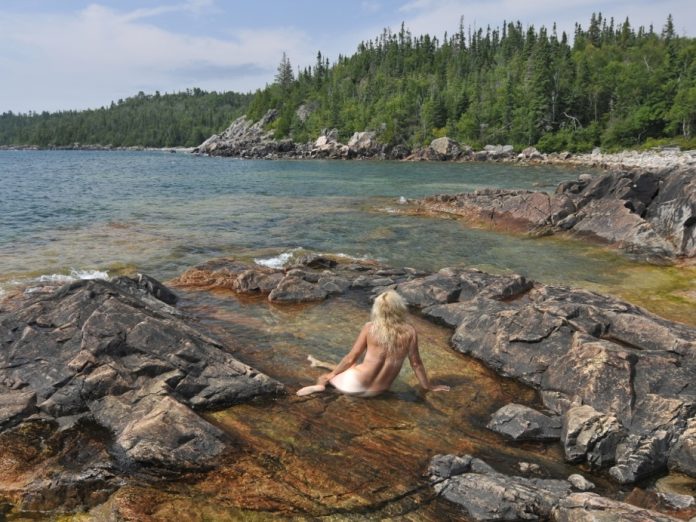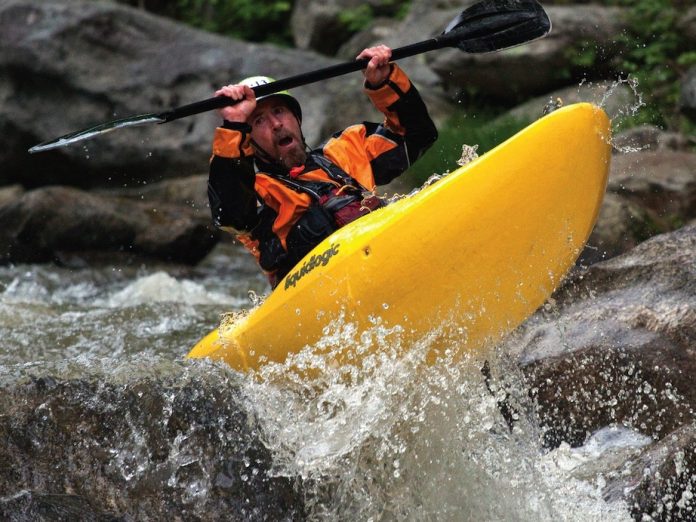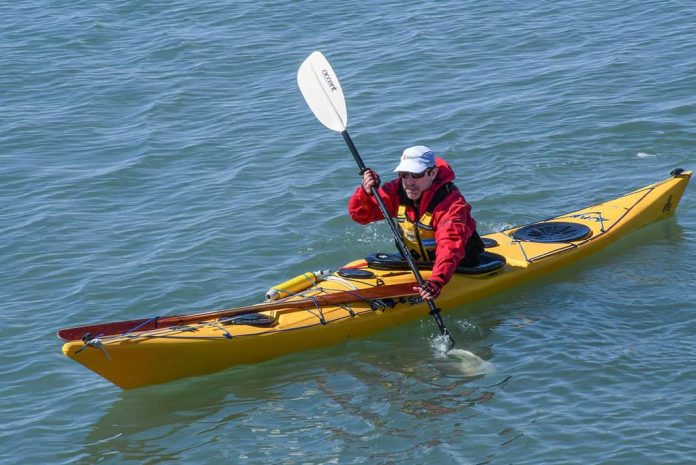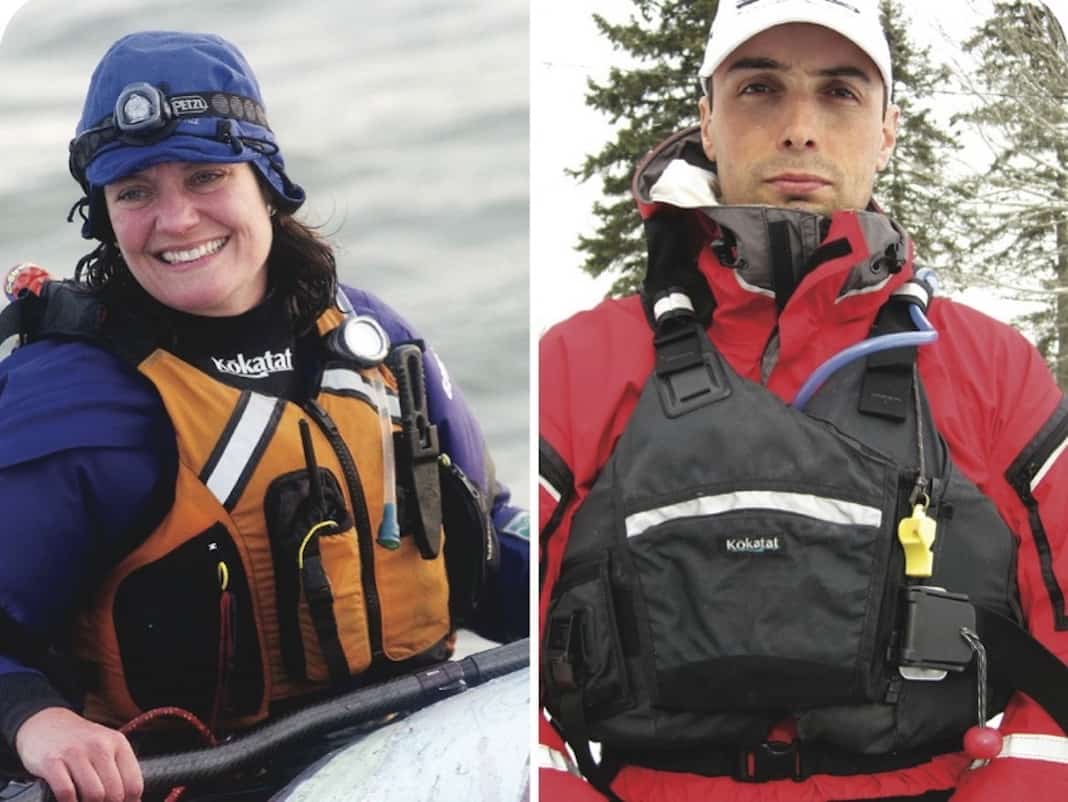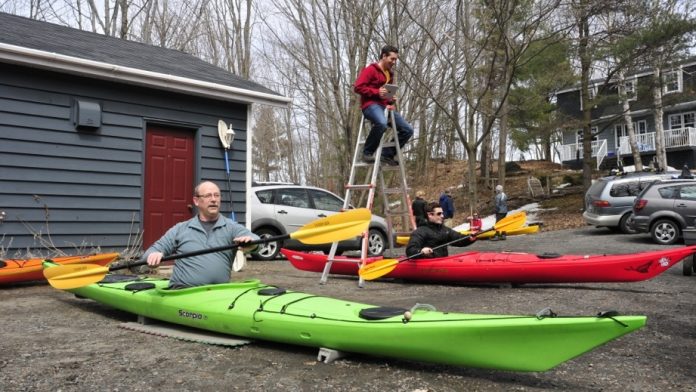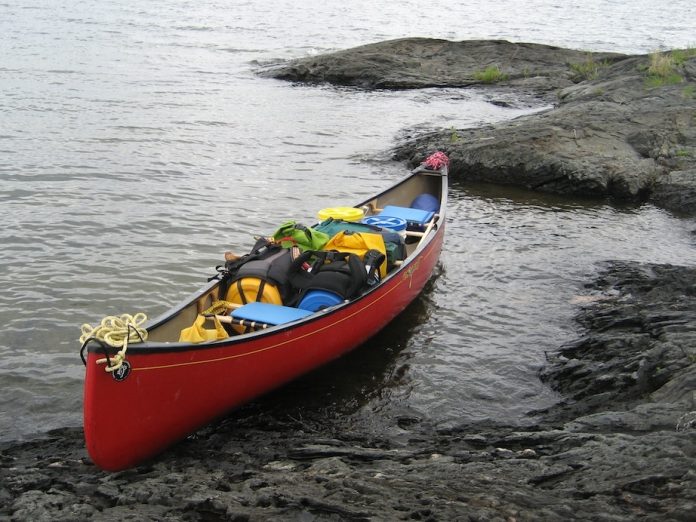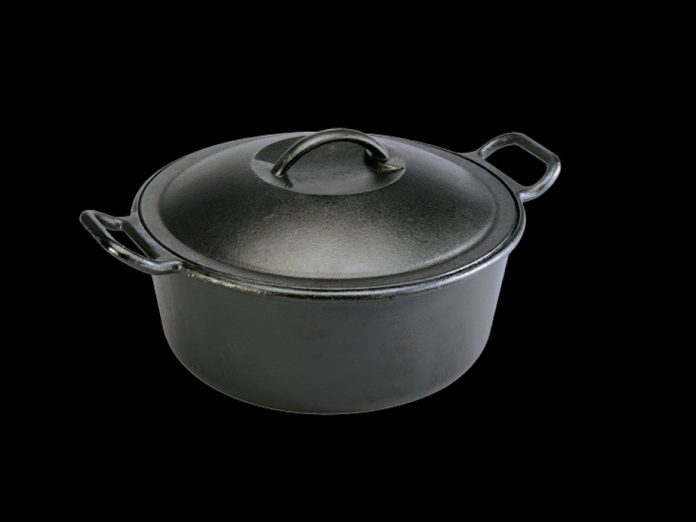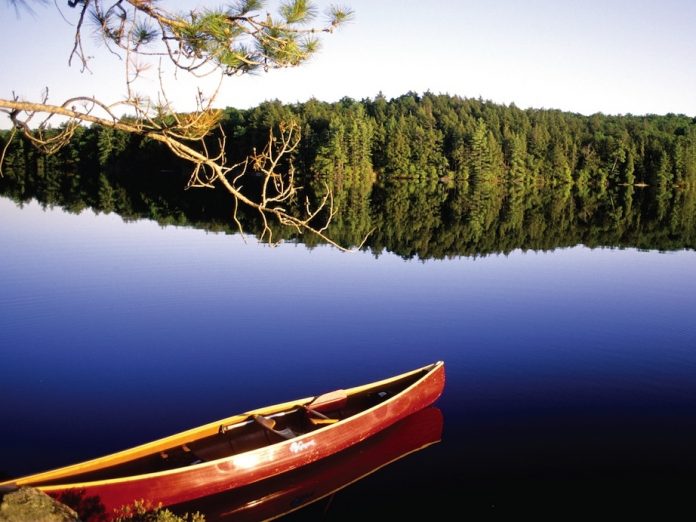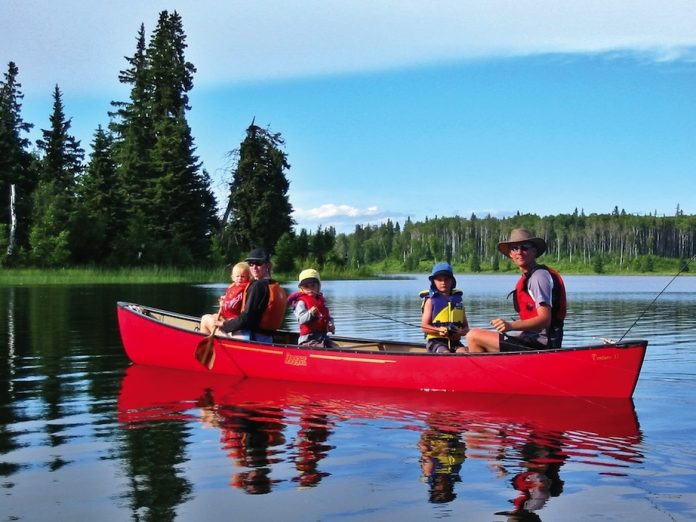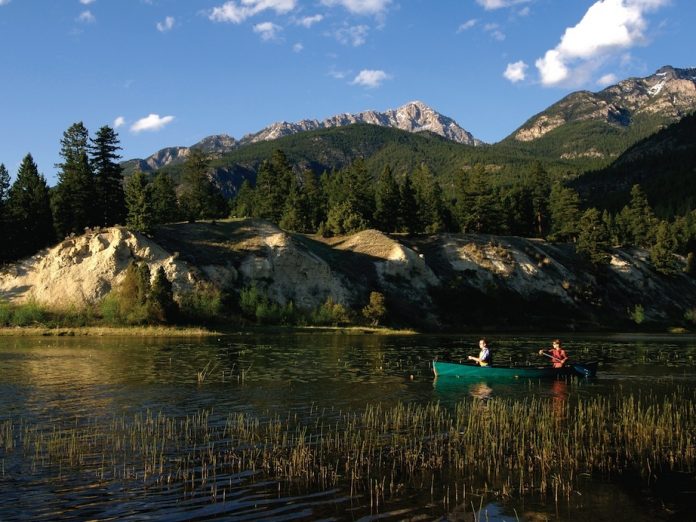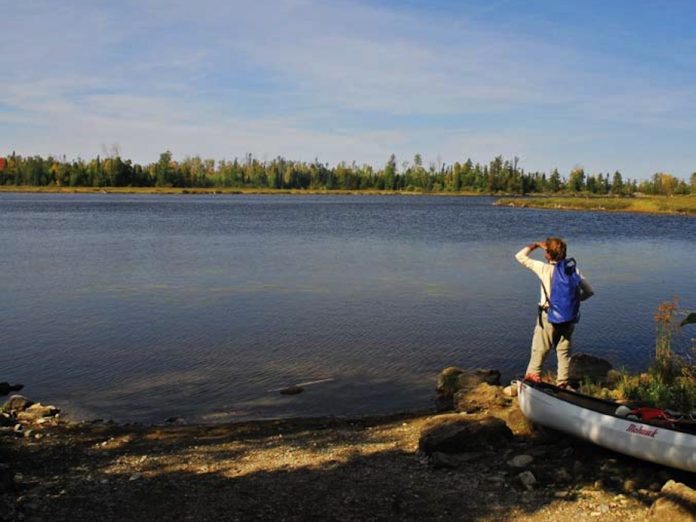World Record Skinny Dip
Nudist Organizations invite you to celebrate the tradition of skinny dipping in support of July’s Nude Recreation Week and National Take A Nakation Month. Participants have a worthy cause: a World Record Skinny-Dip across North America to beat the 2010 record set at The Guinness World Records Skinny-Dip for the largest number of people simultaneously in the water without swimsuits. The American Association for Nude Recreation (www.AANR.com) and The Naturist Society (TNS) (www.naturistsociety.com) are co-Sponsoring the record-setting event. TNS and AANR plan to coordinate skinny-dipping events at clubs, beaches, rivers, lakes, rented pools and back yards throughout North America on Saturday 13 July 2013 at 1:00 pm Local Nudist Time, as a dramatic finale to Nude Recreation Week (July 7-14, 2013).
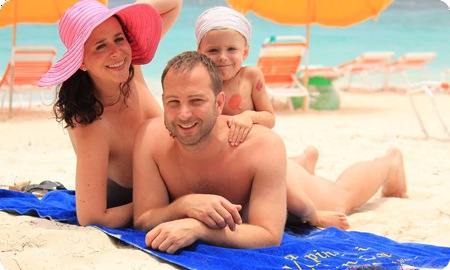
First-time skinny-dippers are encouraged to attend and “shyness can be accommodated” according to spokespersons at TNS and AANR. In case you’re curious about just how popular skinny dipping is in North America—or how two independant orgainzations could possibly exist for this cause—the AANR estimates some 52 million individuals enjoy clothing-optional recreation throughout North America. Says an AANR press release: “For over 80 years AANR has advocated to protect the freedoms, the rights and choices of all people to participate in nude recreation.” Amen.
To locate appropriate event sites and learn how to participate at the location nearest you, visit: http://www.naturistsociety.com and/or http://www.aanr.com/world-record-skinny-dip.
KayaXpedition Returns to Chesapeake
Chesapeake, Virginia, will hold the second annual KayaXpedition festival June 8-9, 2013, at waterways throughout the city. Featuring opportunities for people of all ages and skill levels to participate in paddling events. The festival will include guided kayak tours, instructional courses and demonstrations, kayak fishing and a competitive 6-mile race that will benefit Team River Runner, an organization that supports paddling activities for wounded warriors. Registration for the festival is now available online.
Big Year for Lake Michigan Water Trail
The Lake Michigan Water Trail project began in 2011 with collaboration between paddling groups in Michigan, Wisconsin, Indiana and Illinois, along with community, business and government organizations. Since then, the groups have been working to identify launch sites, camping spots and other attractions, and 75 miles of the trail is complete and open on the southern shore of the lake.
This year, coordinators are calling upon kayakers to get out and blaze new segments on the Water Trail, which will eventually circle 1,600 miles around Lake Michigan. “We’re encouraging people to pick a leg over the summer and paddle (it),” said Dave Lemberg, an associate professor with Western Michigan University and the coordinator for the 1,200-mile Michigan segment. As part of this new Trail Blazer initiative, “We want people to record and photograph the put-ins and take-out points and get shots of the in-between,” Lemberg says. “We’re looking for GPS coordinates, too. Paddlers would submit all that to a website. The first would be listed as the segment trailblazer.”
When finished, the 1,600-mile trail will become a National Water Trail. “The Lake Michigan Water Trail will be (to paddling) what the Appalachian Trail is to hiking. It will be the longest continuous-loop water trail in the world,” says Dan Plath, president of the Northwest Indiana Paddling Association, one of the founding groups in the Lake Michigan Water Trail Association. Via Michigan Live.
Photo coutesy Ken Braband.



